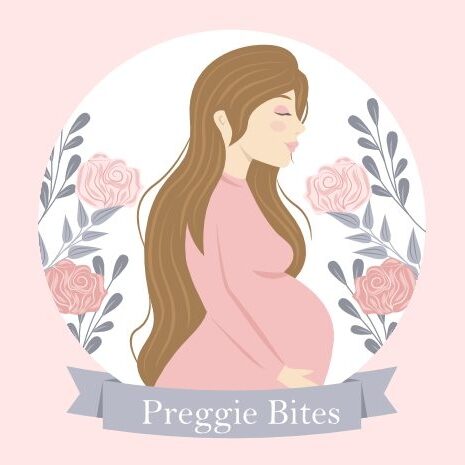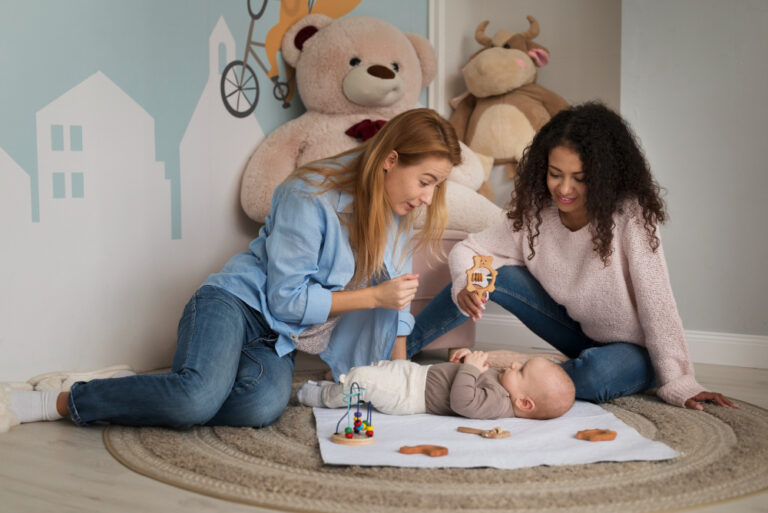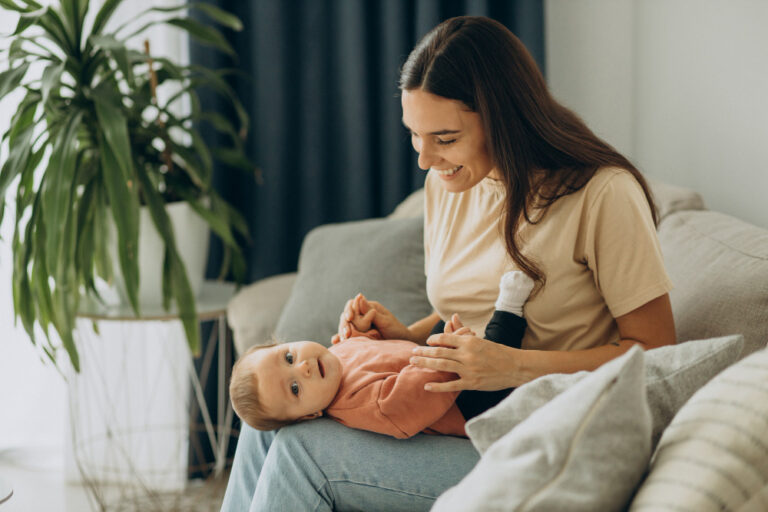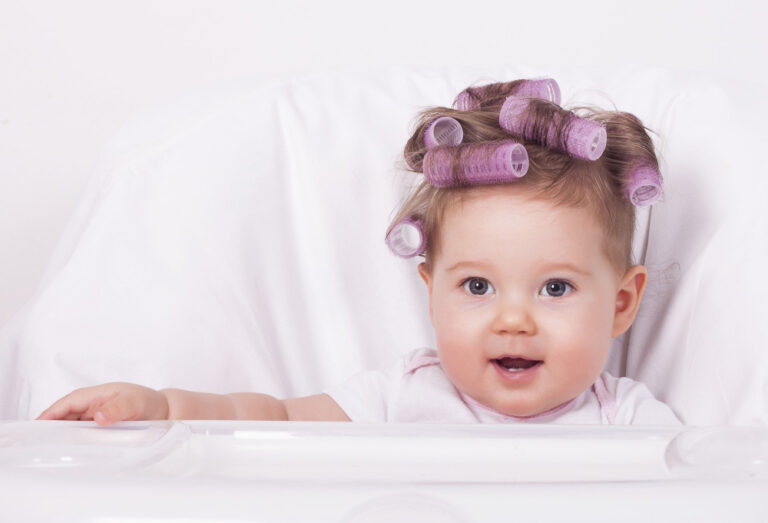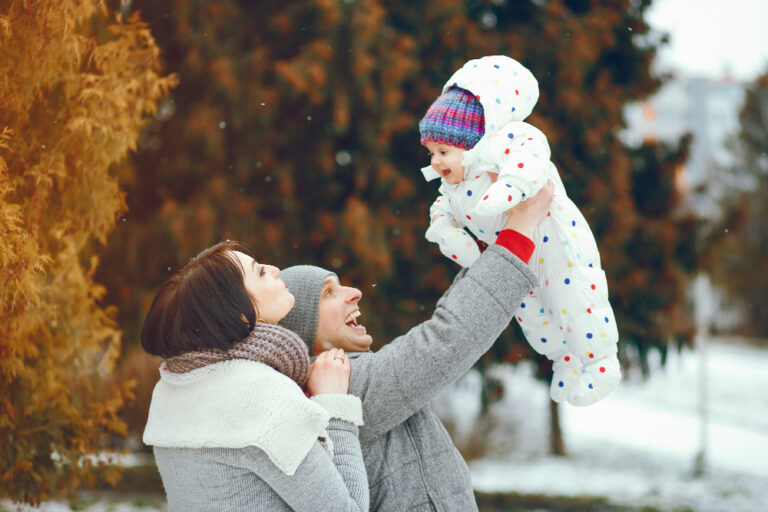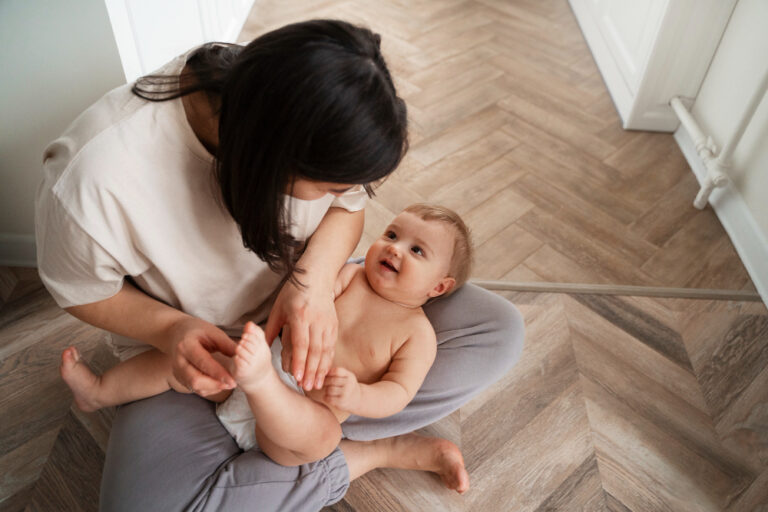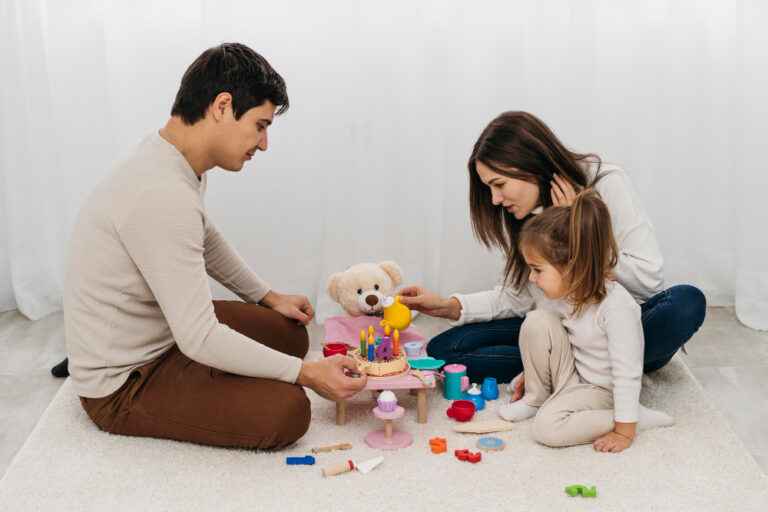10 Baby Care Facility Ideas Every Parent Should Know
New parents often feel overwhelmed by the sheer number of baby care options available today. From daycares to overnight infant care centers, finding the right facility can make a huge difference in your baby’s health, safety, and development.
The best facilities offer more than just a clean space and a few toys. They focus on nurturing your baby’s physical, emotional, and cognitive growth in a safe and loving environment.
This guide explores ten standout baby care facilities that deliver exceptional services tailored for infants and toddlers. Each one stands out for its commitment to quality, experienced staff, well-structured routines, and comforting atmospheres.
If you’re returning to work or simply seeking expert support, these facilities can offer peace of mind and professional-level care. Let’s dive into what sets these baby care havens apart and how they help build a strong foundation for your little one’s future.
10 Baby Care Facility
Caring for a baby takes love, patience, and the right support. A good baby care facility helps make parenting easier. It provides safety, comfort, and fun for the little one. From soft sleeping spaces to clean diaper stations, everything matters.
In this blog post, you will find 10 simple but helpful baby care facility ideas that every parent should consider. These ideas work well for homes, daycares, or even small nurseries. Each one focuses on making life easier for both baby and parent.
1. Safe and Soft Sleeping Area
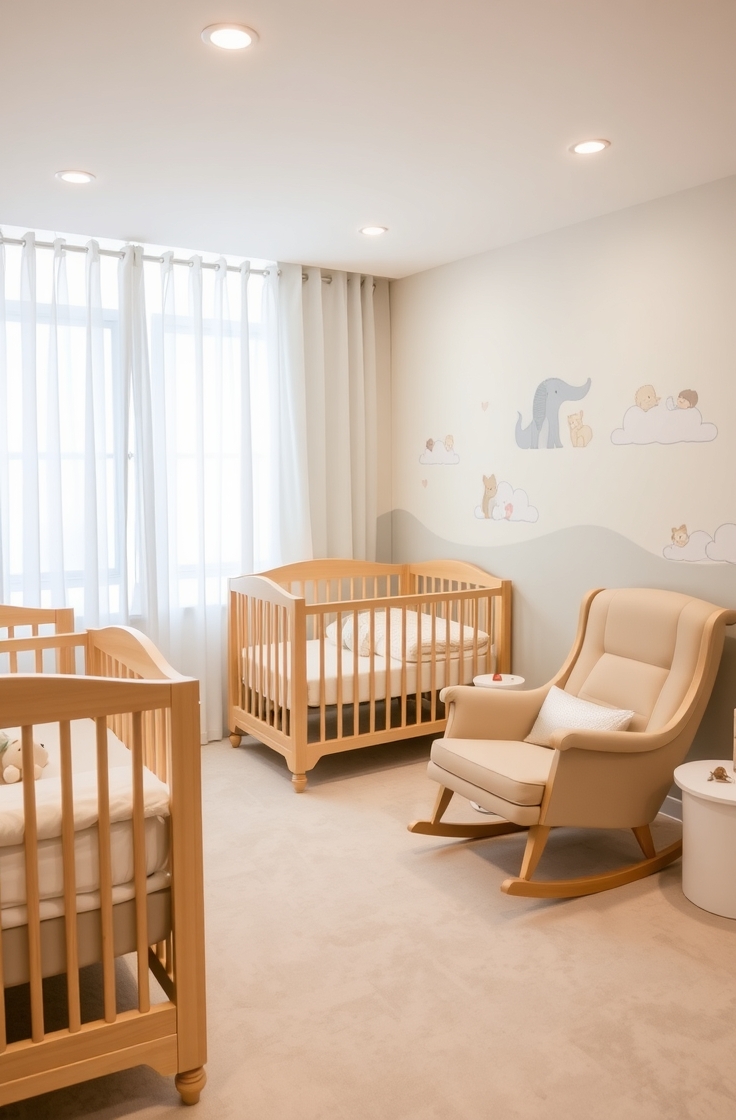
Babies need lots of sleep. A cozy, quiet space helps them rest well. Use a crib with firm mattress and soft bedding. Keep the area clean and free of stuffed toys or blankets that can cause suffocation.
Make sure the crib has no sharp edges. Place it in a quiet corner with soft lighting. Add blackout curtains to block sunlight during nap times. Sound machines can help calm the baby with gentle music or white noise.
Check the crib regularly. Keep it tidy and dust-free. A clean and peaceful sleeping space helps the baby grow strong and healthy.
2. Clean Diaper Changing Station
Diaper changing happens often. A clean and organized station saves time and keeps the baby safe. Choose a table or a sturdy surface at a comfortable height. Add a waterproof mat or changing pad.
Keep all supplies nearby. Diapers, wipes, rash cream, and fresh clothes should be easy to reach. Use a small shelf or hanging bag to hold them.
Throw dirty diapers in a sealed bin to reduce smell. Wash the changing area after each use. Hand sanitizer or soap must be close so hands stay clean. Clean hands mean fewer germs and a healthier baby.
3. Feeding Area With Good Support
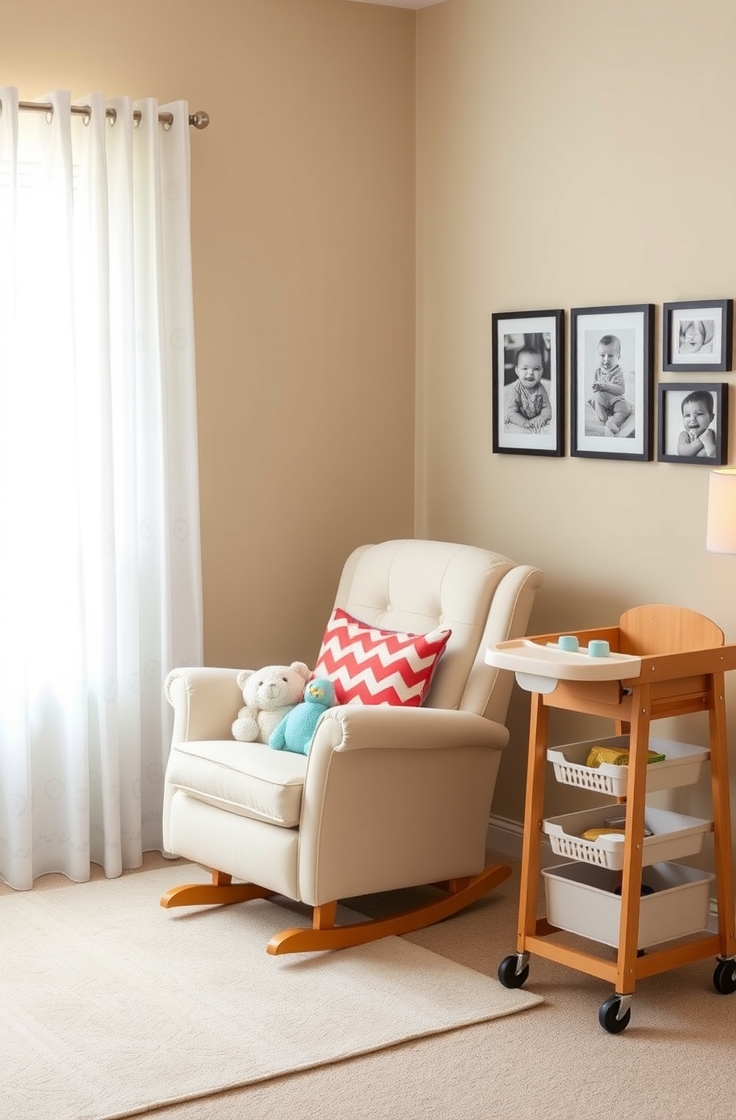
Feeding time can be quiet and bonding. A calm spot with good seating helps both baby and parent feel relaxed. Use a rocking chair or a chair with soft cushions and armrests.
Keep a small table nearby. Store bibs, burp cloths, and bottles. If breastfeeding, a nursing pillow gives extra support. If bottle feeding, warm water and clean bottles should always be ready.
Avoid distractions like loud TV or bright lights. This helps the baby focus on feeding. A peaceful place builds a good feeding routine and makes the baby feel safe.
4. Baby Bathing Station
Bath time can be fun and soothing. A good bathing space should be clean, warm, and easy to use. Use a baby bathtub or a small tub with support for the baby’s head and neck.
Keep water at the right temperature. Not too hot, not too cold. Use a thermometer or test the water with your elbow. Gentle soap and baby shampoo should be within reach.
Place towels and fresh clothes nearby. Dry the baby quickly to avoid chills. Non-slip mats help prevent falls. Always stay close to the baby during bath time. Never step away.
5. Soft Play Area
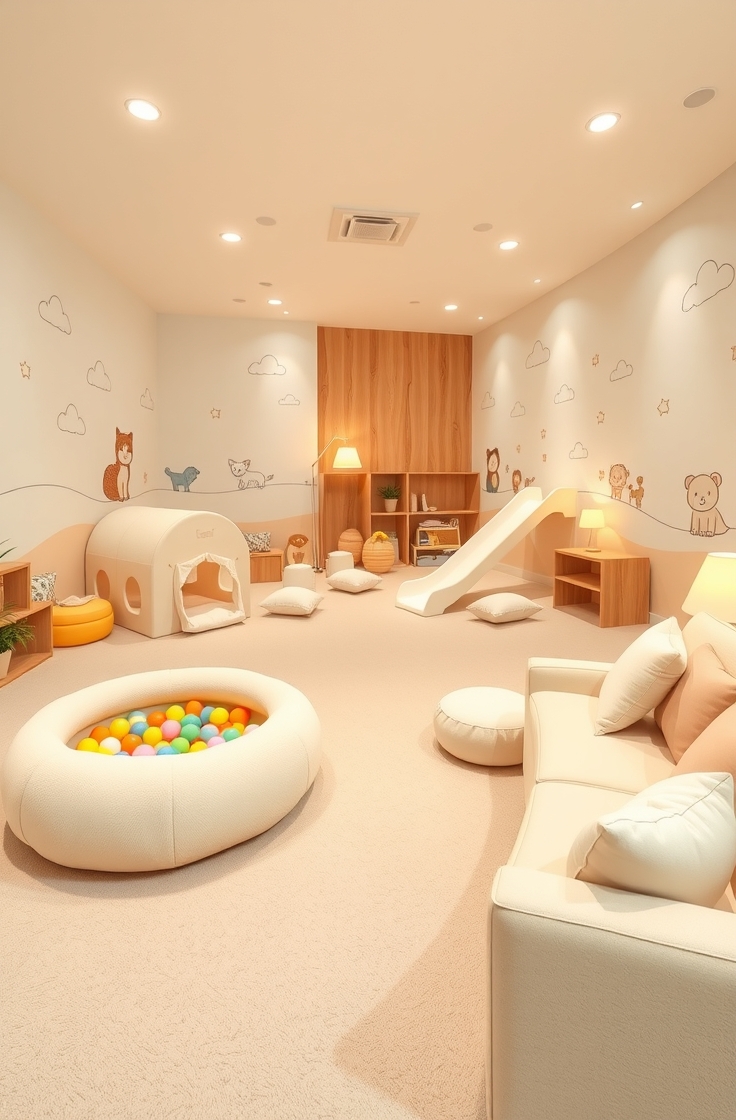
Babies love to play. Play helps them learn. A soft and colorful play area gives them space to move safely. Use foam mats, soft rugs, or padded floors.
Place age-appropriate toys around. Toys should not have small parts. They must be easy to clean and free from harmful materials. A baby gym or soft blocks are good options.
Add a mirror at baby’s level. Babies enjoy seeing their own face. Bright colors, textures, and sounds make the space fun. Make sure the area has no sharp corners or hard surfaces.
6. Storage for Baby Items
Babies need many things. Clothes, toys, diapers, blankets, bottles. Good storage keeps the space neat. Use shelves, drawers, and boxes to keep everything in order.
Label each box or drawer. One for diapers, one for clothes, one for toys. This makes it easy to find things quickly.
Use soft storage bins to avoid injuries. Hang organizers on walls or doors to save floor space. A tidy room helps parents feel calm and organized. Less mess means more time to enjoy with the baby.
7. Airy and Clean Environment
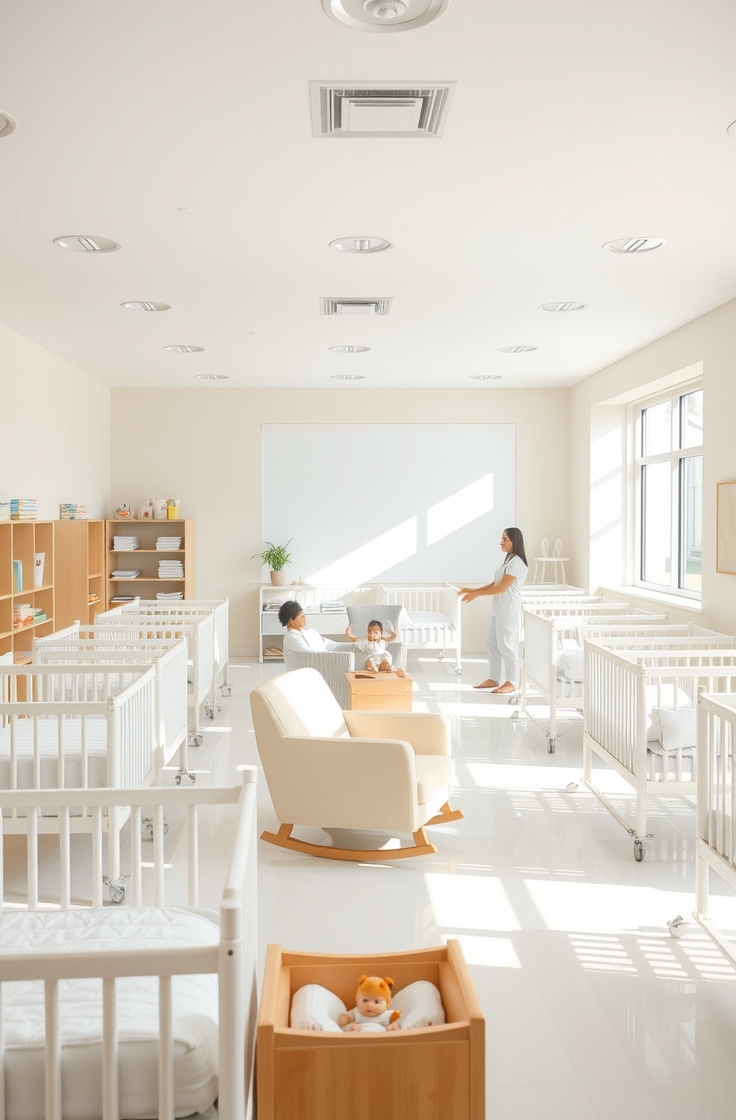
Fresh air and clean surroundings matter. A baby’s lungs are small and sensitive. Keep windows open when the weather allows. Use air purifiers if needed.
Avoid strong smells. No perfumes, no smoke, no heavy cleaners. Use baby-safe cleaning sprays. Wipe surfaces daily. Wash baby clothes and bedding often.
Dust and mold can cause allergies. Check corners and hidden spots. Clean floors with safe products. A clean space keeps the baby healthy and happy.
8. Proper Lighting and Temperature Control
Light and temperature affect the baby’s mood and sleep. Use soft yellow or warm white lights. Avoid harsh white or blue light at night.
Dim lights before bedtime. Bright lights during the day help set the baby’s sleep rhythm. Use night lights for midnight diaper changes or feeding.
Keep the room at a steady temperature. Around 22–24°C (71–75°F) is good for most babies. Use fans or heaters with safety features. Don’t let the baby get too hot or too cold.
9. Quiet Reading and Bonding Corner
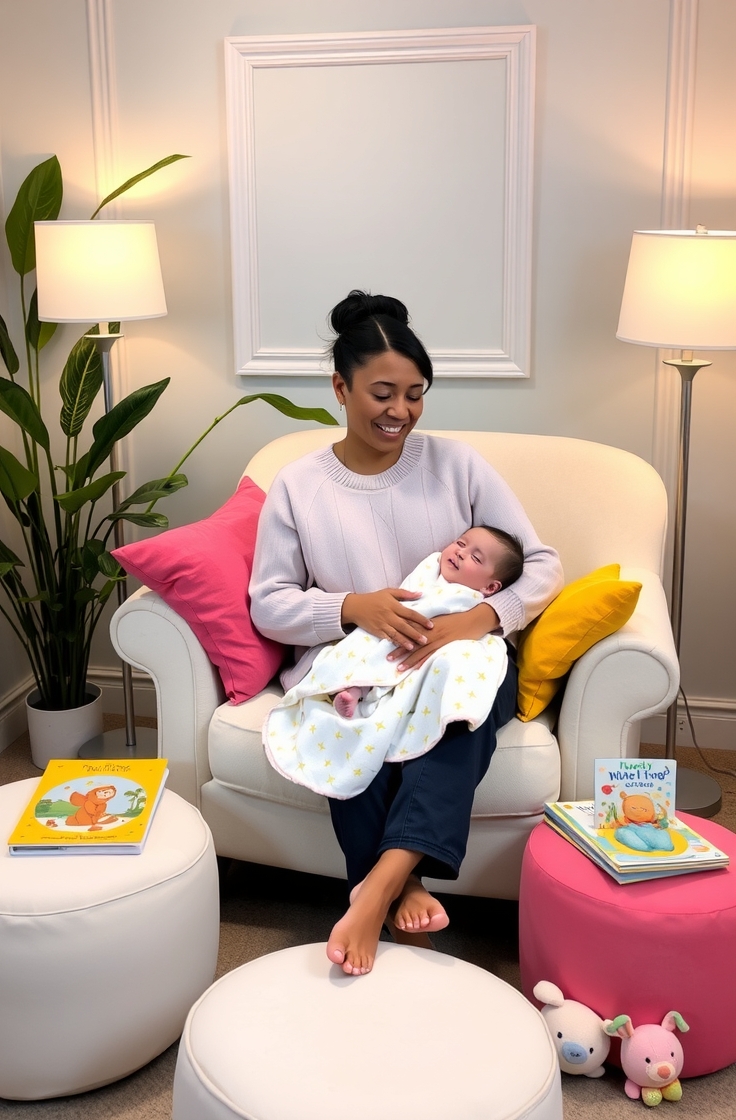
Babies enjoy soft voices and stories. A quiet corner for reading helps build early language skills. Set up a small bookshelf with baby books. Use books with thick pages and pictures.
Place a soft chair or mat in the corner. Sit with the baby and read daily. Sing songs or talk gently. This helps the baby feel loved and safe.
Bonding time is important. It makes the baby feel close to you. A special reading spot creates calm moments in a busy day.
10. Health and Safety Tools
A baby care facility should always have safety tools. Baby monitors help parents check on the baby from another room. Thermometers track temperature during illness.
Use socket covers, edge guards, and baby gates as the baby starts to crawl. Lock all cleaning items and sharp tools away. Keep emergency numbers near the phone or door.
Have a small first aid kit ready. Include baby-safe medicine, band-aids, and cotton pads. Know basic first aid steps for babies. Being ready gives peace of mind.
FAQs
What is the most important baby care facility at home?
A safe sleeping area is the most important. Babies sleep a lot, and they need a clean, quiet, and secure place to rest.
How can I keep my baby’s play area clean?
Use washable mats and easy-to-clean toys. Wipe surfaces daily with baby-safe cleaners. Keep pets away from play zones.
Do I need a separate room for a baby care facility?
Not always. A small corner in a bedroom or living room works well. Organize it with the right items and keep it clean.
What is the right room temperature for babies?
Try to keep it around 22–24°C (71–75°F). Use fans or heaters to adjust as needed. Always check the baby’s hands and neck for signs of heat or cold.
How often should I change my baby’s diapers?
Change diapers every 2–3 hours or after each poop. This prevents rashes and keeps the baby comfortable.
Is it safe to use air fresheners near babies?
No. Many air fresheners have strong chemicals. Use natural methods like open windows or baby-safe sprays.
How can I keep baby clothes organized?
Use labeled bins or drawers. Sort clothes by size or type. Keep daily wear in easy reach.
Can I use regular cleaning products in the baby room?
Try not to. Many cleaners have strong smells and harmful ingredients. Use mild, baby-safe products instead.
Why is a reading corner important for babies?
It helps language growth, builds bonds, and teaches focus. Even small babies enjoy hearing your voice and seeing colorful books.
Do I need a baby monitor in a small apartment?
It helps even in small spaces. You can check on the baby while doing other tasks. Choose one with clear sound and video.
Conclusion
A baby care facility does not need to be big or expensive. Simple steps make a big difference. Soft beds, clean spaces, safe play zones, and good air keep babies happy and healthy.
Each idea shared here supports a part of the baby’s daily life sleeping, eating, playing, and growing. By using these ideas, parents feel more prepared. And babies enjoy a safe, loving space around them.
Small changes bring peace to daily routines. Organized items, quiet corners, and clean hands help raise strong, happy children. Start with one idea. Then add more. Step by step, the space becomes a true baby-friendly haven
